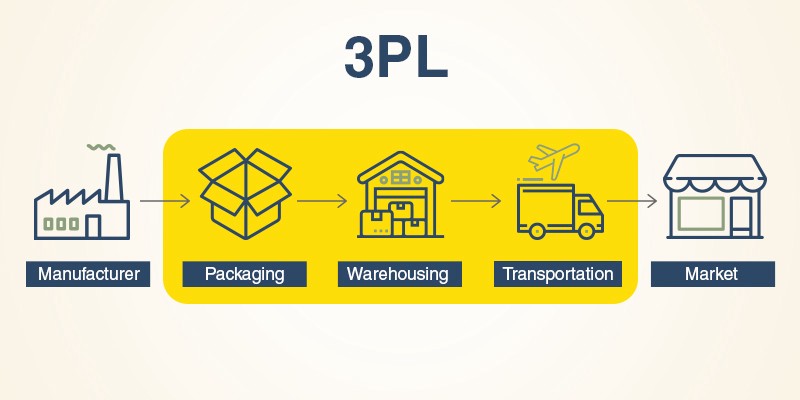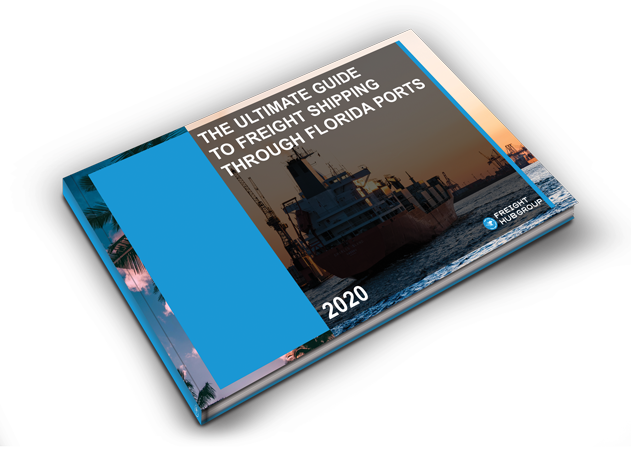What Is Transport Logistics Management?

If you’ve ever wondered what transport logistics is, you’ve come to the right place. This discipline involves inventory planning, goods storage, and demand forecasting. Its primary purpose is to increase efficiency, reduce costs, and increase reliability. Listed below are some of the benefits of this practice. They may surprise you. Read on to learn more about this fascinating field. But first, let’s examine how it’s practiced today.

Incorporates inventory planning, goods storage, and demand forecasting
Inventory planning, also known as demand forecasting, involves developing an accurate understanding of future sales. It involves analysing past sales data, known upcoming events, and other factors to make decisions regarding supply and demand. Accurate demand forecasts are essential to business survival. Without accurate estimates of future sales, businesses cannot plan their operations effectively. They also need to know the expected reorder points for items.
The demand planning process also helps minimize the “bullwhip effect,” a phenomenon in which a small change in consumer behaviour amplifies the impact of fluctuations further down the supply chain. With better forecasts and collaboration among the various supply chain actors, demand planning can reduce the risk of bullwhip effects. Incorporated with supply forecasting, demand planning outlines the type and amount of inventory needed to meet demand. Resupply planning ensures that inventory is stored in the appropriate quantities and locations.
Improves efficiency
Effective 3pl warehouse management increases productivity and saves time. It ensures proper stock monitoring. Good management of warehouses also improves financial health. Warehouse staff should be properly trained and experienced. Ultimately, efficient transportation logistics management will result in successful order fulfilment. And, in the end, this will improve the company’s bottom line. By optimizing warehouse and transportation processes, businesses can increase revenue and cut expenses while speeding up delivery times.
Reduces costs
As the global economy continues to experience challenges in the whole supply chain, freight operators are looking for ways to reduce their transport logistics costs. This not only helps the business survive a major catastrophe like the COVID-19 pandemic, but can also ensure stability through industry shutdowns and overburdening. By lowering expenses, a company can increase its profit margin and reinvest more money in its business. To learn how to reduce your costs, read the following tips.
Identify the source of excess costs. If you have a large fleet, consider the different modes of transport. For example, you may have to use air transport or ocean transport rather than trucking. By consolidating all your shipments, you will be able to save money. You can also use a combination of rail and air transport. It is important to understand how to use each method to reduce costs. If you want to reduce the costs of transport logistics management, use a 3PL or newer alternative.
Increased visibility of your supply chain can help you find problem areas in a timely fashion. Real-time dashboards can provide updated information to managers, reducing the need for large safety stocks. In addition, better resource utilization means less underutilized assets and a more efficient business. Ensure that your assets are being used to their fullest potential.
Improves reliability
A reliable transport logistics management system increases the value of the commodity by ensuring that it reaches the final consumer. Increasing the value of a product does not necessarily mean enhancing its quality, but it does mean that it is accessible to the final consumer. With improved reliability, a company can retain clients and increase profits. Moreover, the more reputable it is, the more reliable its service. So, if you’re in the transport logistics business, consider the benefits it brings.
A properly managed inventory is essential to transport jobs. Inventory management also has a huge impact on transportation cycles. It helps to optimize route selection and monitor vendor performance. TMS software can help reduce overall transportation spend and improve safety in the supply chain. The benefits of TMS software are numerous. One of the most significant is that it saves money on overall transportation costs. With this, you can be sure that your products are delivered on time.
Collaboration in transport logistics management processes refers to the sharing of resources and information among various stakeholders in a supply chain. These processes facilitate B2B and B2C relations and help firms reduce transport costs. Collaboration in transport logistics management helps organizations improve the resilience of their supply chains to disruptions. Strong collaboration between different stakeholders requires the sharing of information, technology and resources among them. The following are three ways in which collaboration in transport logistics management can help a company reduce failure rates and increase productivity.
Increases profit margins
Cost-effective transport logistics management is crucial for any business to maintain profit margins. If a shipment is delayed, it can cause a significant loss of revenue and incur additional expenses. Unorganized players have no means to track deliveries. Furthermore, most customers use multiple freight forwarders, requiring them to follow up with multiple service providers. However, a fully automated transport logistics management system can reduce transportation costs, increase customer satisfaction, and reduce errors.
For example, businesses can increase profit margins by implementing route optimization software. Manual processes result in zero innovations, loss of revenue, and low profits. Using GPS-enabled delivery route planners can significantly increase efficiency. In addition to boosting productivity, they also help businesses reduce delivery delays – which can have a detrimental effect on customer satisfaction and revenue. Moreover, route optimization software makes it possible to optimize routes in a matter of minutes and increases profit margins by more than five percent.
By leveraging the services of transportation logistics management companies, shippers can achieve a 25% reduction in the cost of shipping. This reduction in cost is achievable because these logistics firms orchestrate a global network of suppliers. However, it takes time to measure significant savings. The savings will be visible in half a year, and the right food manufacturer can expect to achieve an 8% reduction in costs by partnering with 3PL providers.
Recent Posts
Watch our Podcast

THE ULTIMATE GUIDE TO FREIGHT SHIPPING THROUGH FLORIDA PORTS
When it comes to ocean freight shipping in Florida, there is a lot to know to ensure you follow the appropriate steps when shipping into and out of Florida Ports.
Just enter in your email address and receive your FREE E-Book in minutes!